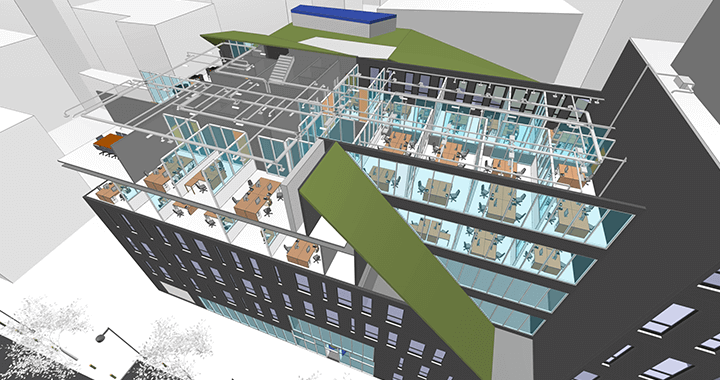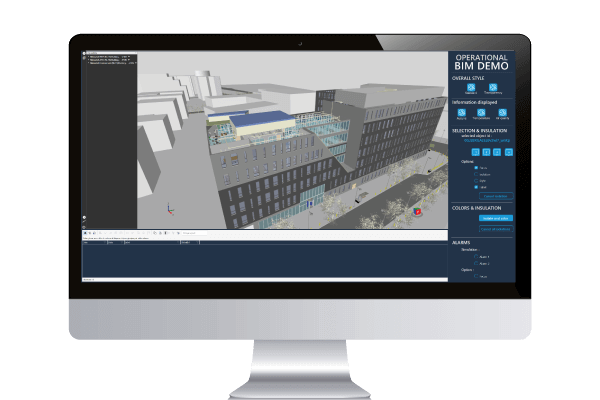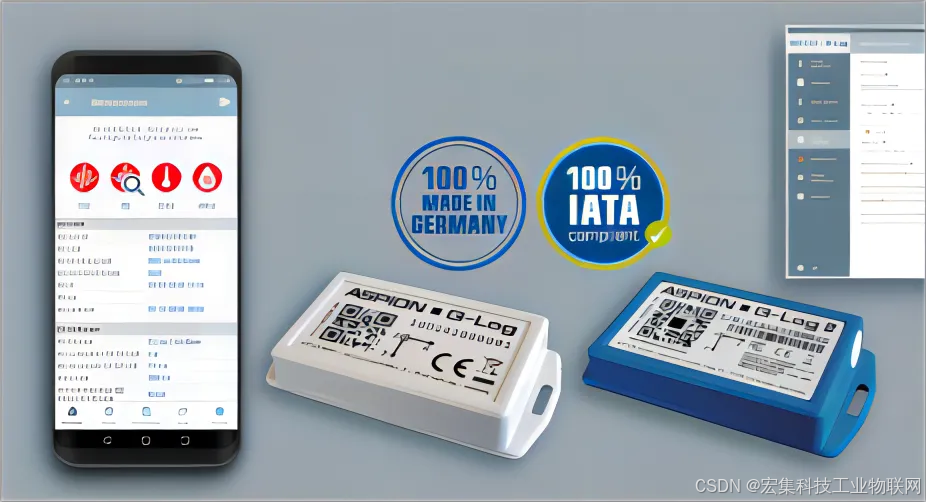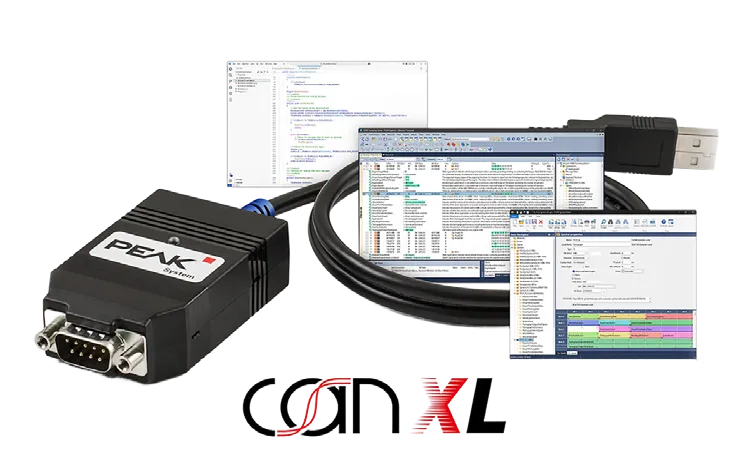
【虹科方案】餐飲戰略定價告別「人手採集」時代
在餐飲業競爭激烈的價格戰中,傳統「人手採集」模式已過時。香港虹科(HongKe)引入 Domo 商業智能平台,利用 AI 自動化與數據分析,協助企業快速掌握外賣平台競品價格動態,打造智慧定價策略,實現營收增長。
Lorem ipsum dolor sit amet, consectetur adipiscing elit. Ut elit tellus, luctus nec ullamcorper mattis, pulvinar dapibus leo.
The emergence of BIM (Building Information Modeling) around 2011 has brought a major breakthrough to the construction industry. Today, the technology has matured to the point where it can be applied to other areas in addition to the construction phase.
So, how do you integrate BIM into a SCADA system?

In the past, project managers used AutoCAD to produce simple drawings, but BIM has three key features that go beyond traditional drawing design:
The primary goal of BIM is to improve and deepen the design phase. Better design means fewer construction errors and easier maintenance. The '1-20-60 rule', as it is known in the construction industry, states that a €1 error in design can lead to an additional €20 in construction costs, and ultimately a €60 increase in maintenance costs.
In the broadest sense, BIM is a complete description of a building. Often misunderstood as a mere 3D representation, which is a stereotype, the key to BIM is that it is a collection of all the information about a building. This information is not only useful to the project manager, but also to the operations, maintenance and integration teams.
BIM provides stakeholders with all the information needed for building equipment and operations and maintenance, ensuring a seamless transition from the construction phase to the operations and maintenance phase of the building.
BIM can integrate three types of data:
The correlation of these data constitutes a digital symbiosis: a fusion of the physical and virtual worlds in a two-way system (where information can be retrieved and returned).

With BIM becoming a key element of SCADA, we have integrated it into our Panorama SCADA solution to make the HONGKEI Panorama SCADA system BIM-enabled for operations.
BIM building data can be imported into Panorama Studio, the integrated development environment for Panorama SCADA. This is done through relay data in IFC files (OpenBIM Common Format).Panorama Studio recognizes various building components and adds them as design "objects" (digital instances of physical objects), thus speeding up the development of applications.
3D models can be integrated into SCADA applications and animated to provide spatial context for building information, making it easier for operators to navigate and locate equipment components or related information.
Example:
When the operator receives an alarm indicating a valve failure and wishes to view it in the application:
Select Alert Notification
The application shows the exact position of the valve in the 3D model.
Valve faults can be intervened in by the operator
BIM is a complete description of the building and therefore requires structured processing of the displayed information. The user view is essential for the accurate application of the data.
The following are examples of SCADA applications based on user roles:
With BIM operational capabilities, HONGKEI Panorama puts BIM at the heart of its operations and becomes a valuable "ally" in the implementation of SCADA solutions for its customers.

在餐飲業競爭激烈的價格戰中,傳統「人手採集」模式已過時。香港虹科(HongKe)引入 Domo 商業智能平台,利用 AI 自動化與數據分析,協助企業快速掌握外賣平台競品價格動態,打造智慧定價策略,實現營收增長。

Siemens Energy 於德國柏林與中國上海生產基地,採用 HongKe 宏集 ASPION G-Log 2 監測高壓開關設備運輸衝擊與振動,支援 IEC 60721-3-2 標準判定及溫濕度記錄,性能接近高精度振動監測儀且具高性價比。

傳統 CAN (FD) 已難滿足智慧汽車與車聯網需求。了解 HongKe CAN XL 技術如何突破頻寬與傳輸限制,支援 2048 字節高容量、高速率達 20Mbit/s,完美兼容 CAN FD,助力車載電子與自動駕駛升級。